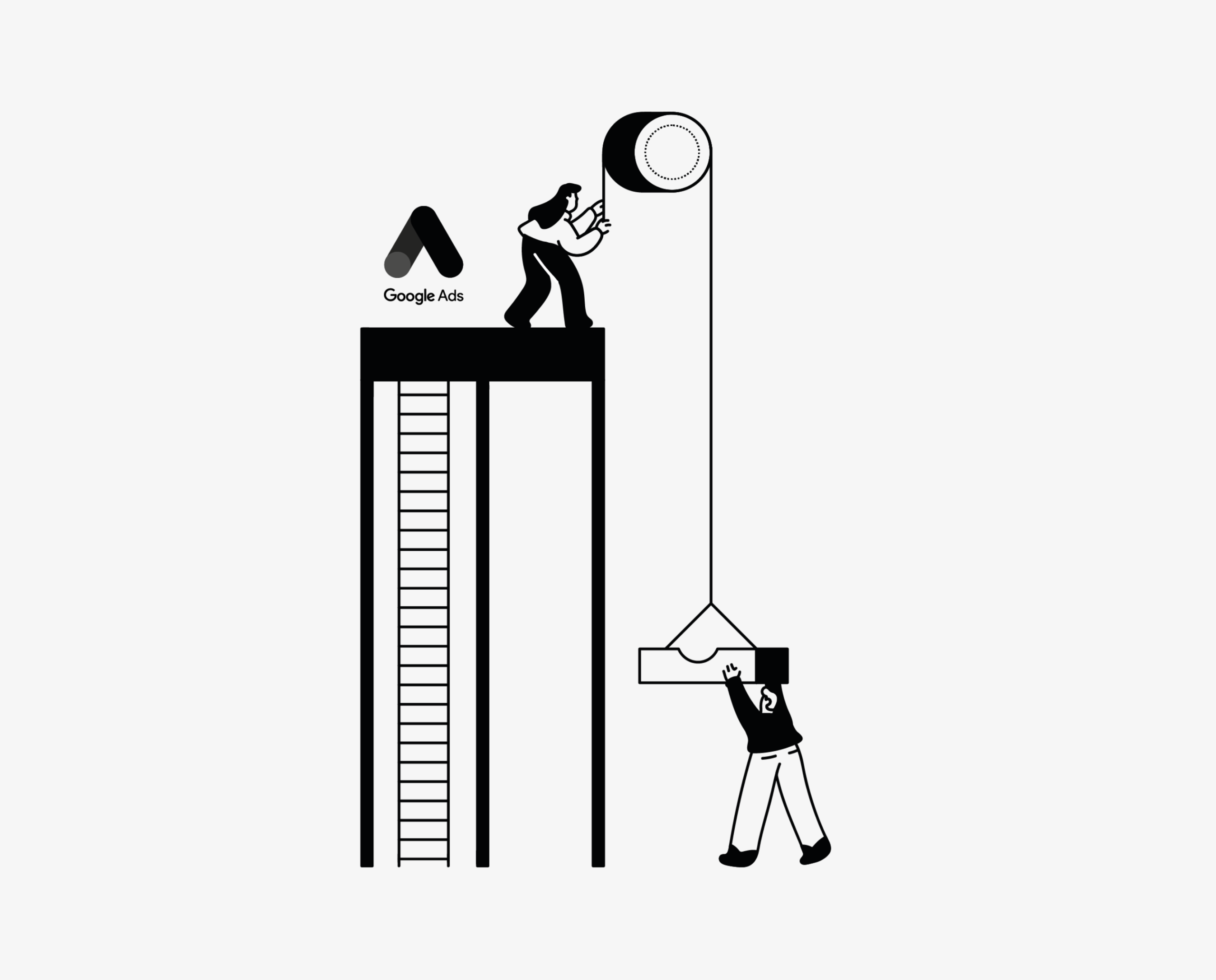Online advertising: What is ROAS?
ROAS (Return On Ad Spend) is a crucial metric for any marketer running online advertising campaigns. It is a highly effective way of measuring a campaign’s financial performance.
Investing in web advertising is always aimed at achieving a return on investment. By measuring the results of your advertising expenditure, you can effectively steer your advertising strategy. You will have a better understanding of which advertising campaigns generate the most profit for your business.
How important is ROAS?
ROAS stands for Return On Ad Spend. It measures the revenue generated for every advertising dollar spent.
This indicator is essential in guiding your campaign’s investment and impact. It allows you to identify the best-preforming ads by comparing their costs and revenue generated.
ROI and ROAS are two different indicators used to measure the success of marketing campaigns. ROI is a more general indicator that can be used to measure the return on investment of a campaign, marketing or sales strategy. On the other hand, ROAS is a more specific indicator that focuses only on ads. By using ROAS, you can get a clearer picture of the profitability of your ads, which can help you plan and execute your next advertising campaigns more strategically.
How to calculate ROAS?
Determining ROAS is particularly important for measuring the effectiveness of your advertising campaign. You can calculate your ROAS by dividing the revenue generated by your campaign by its cost.
Here is the equation to help you calculate it:
Total cost generated by the campaign / Expenses incurred in the same campaign.
Also calculated as a percentage:
(Revenue – Cost) x (100/Cost)
For instance, if your campaign costs $1,000 and it results in $4,000 in sales, then your ROAS would be 4. So, what does that mean? A ROAS of 4 indicates that for every $1 invested in your ad, you will earn $4 in return. This is a useful indicator for determining whether your campaign is profitable or not. By comparing the ROAS of different campaigns, you can get a better understanding of which ones are performing well and which ones need improvement.
Regularly monitoring your ROAS is essential to optimizing your advertising campaigns and making data-driven decisions that align with your business objectives. By knowing how to calculate ROAS, you can better allocate your overall budget and maximize the profitability of your campaigns.
How to interpret ROAS?
If you find that your ROAS (Return on Ad Spend) is lower than the desired level, it means that your campaign or ad is not profitable. However, it is important to keep in mind that this does not necessarily mean that your campaign was a failure. Sometimes, the first ads you launch may not be financially profitable, but they may become so over time. To help you achieve better results, you can compare the ROAS obtained from your different advertising campaigns. This will give you an idea of which campaigns have been profitable. Low or high, comparing your ROAS can help you build better advertising strategies for your future campaigns.
Watch out! ROAS is a reliable indicator, but it does not reflect profitability 100%.
One campaign may generate less ROAS but be more profitable. For example, if you spend $1000 and earn $5000, your ROAS is 5 and you make a profit of $4000.
However, if you spend $10,000 and earn $20,000, then your ROAS is lower (2) but you generate a profit of $10,000 (i.e. higher).
This highlights that the second campaign, despite a lower ROAS, may be more worthwhile to optimize due to its greater benefits.
Moreover, it is important to consider the costs associated with products or services when evaluating the profitability of your campaigns. Sometimes, companies overlook these details and only focus on the costs directly related to advertising. To have a better understanding of your ad’s profitability, you should take all expenses into account. Additionally, a good Return on Ad Spend (ROAS) should be in line with Return on Investment (ROI). You must consider the sales margin, creation costs, and profits generated when assessing advertising profitability. To determine whether your advertising campaign is performing well, you need to take every detail into account.
ROAS is an indispensable indicator for any Internet advertising campaign, but it does have its limitations. To get a better idea of the importance and accuracy of your ROAS, you need to consider all the elements involved, such as net margin, type of product or service, price and sector. This will give you a more accurate and realistic idea of the profitability of your advertising campaign and the strategic decisions you need to make. When you gather all the necessary information about your ads and create a strong media placement strategy, your ROAS will help you achieve your goals.
Questions to ask yourself?
- What specific strategies have you adopted to improve your ROAS for your online advertising campaigns?
- Have you included ROAS in your KPIs?
- How does ROAS influence your online advertising investment decision?
Stay on top of the latest digital marketing trends.
Subscribe to our newsletter and receive the latest news, once a month, directly in your inbox.
*By entering your email address, you agree to the Billy.Social Terms of Use and Privacy Policy.
Bibliography
Corbasson. A. (2023, 17 April). Qu’est-ce que le ROAS et comment l’optimiser? Accessed 15 December 2023. Digitad. Online.
Gavriloff. Justin. Qu’est-ce que le ROAS et comment le calculer ?. Accessed 15 December 2023. HubSpot. Online.
(n.d.). (2023, 6 December). ROAS – Return On Ad Spent : Définition, Calcul et Limites. Accessed 15 December 2023. CustUp. Online.
(n.d.). Découvrez comment calculer le ROAS et découvrez 4 façons de l’augmenter cette mesure. Accessed 15 December 2023. SendPulse. Online.











